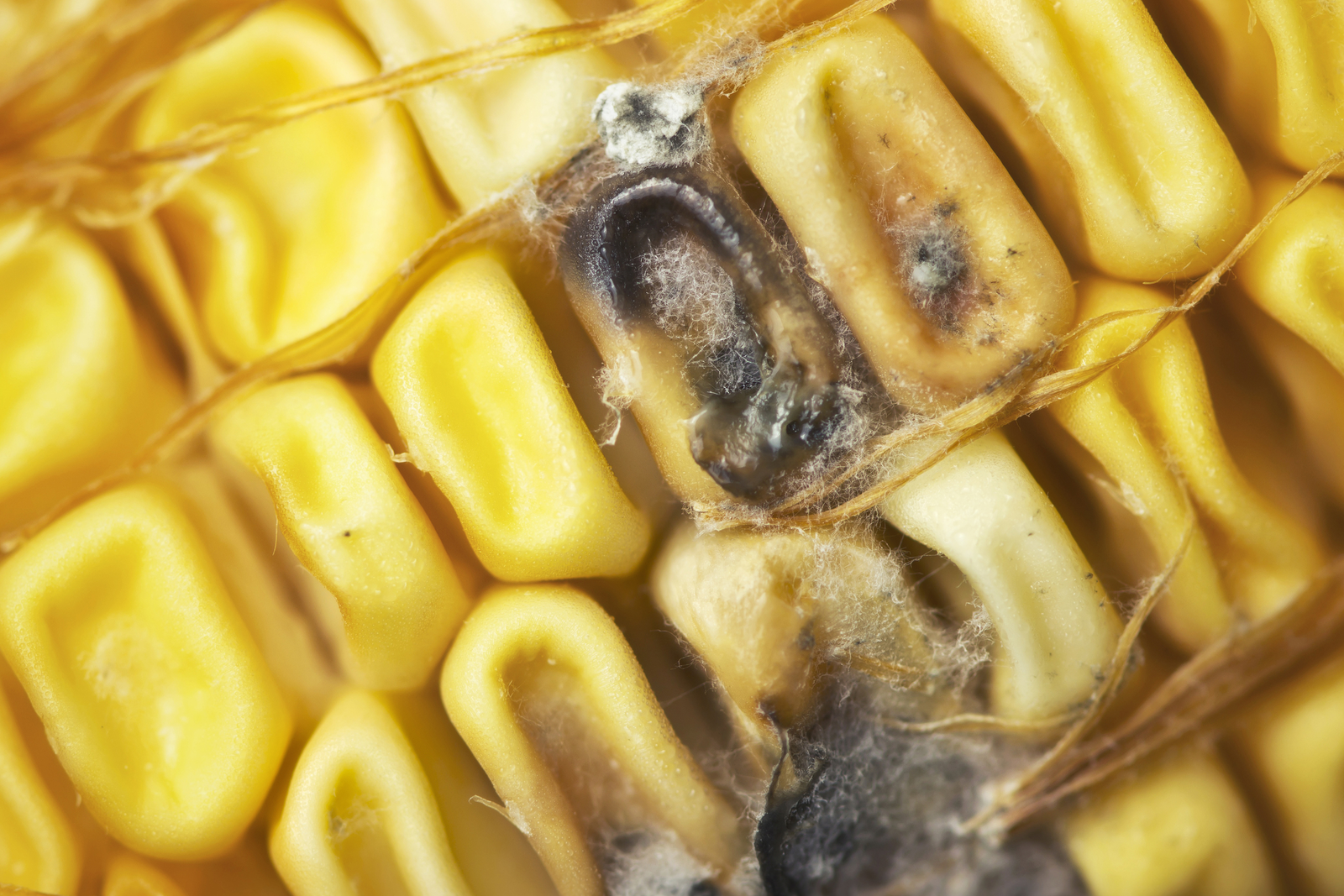European wheat and corn tested for mycotoxins

Analysis of 1740 raw material and animal feed samples showed widely divergent contamination profiles in corn and wheat.
The survey, carried out by the company Pancosma, showed that in 2015, the (tested) corn samples in Europe were almost all contaminated with multiple types of mycotoxins. Corn samples were particularly contaminated with type B trichothecenes, such as DON, nivalenol, DOM-1 and D3G, resulting in reduced ingestion and additional daily gain (ADG), particularly in pigs, which unlike poultry are not well equipped to metabolise these types of mycotoxins.
Layers and breeders at risk
The median level of contamination in corn samples was 1145 parts per billion (ppb). Considering the fact that contamination levels of over 200 ppb represent the first threshold of danger for the most sensitive animals (sows, piglets and breeders), 76.8% of the samples analysed crossed this threshold, providing a cause for concern. In addition, type A trichothecenes, such as DAS, MAS, T2 and HT2 toxins, were detected in almost 40% of the samples. These mycotoxins can be harmful when ingested at levels of 20 ppb, especially in layers and breeders.
Wheat: lower levels of contamination
Compared to corn samples that were of particular concern in Europe, the tested wheat samples were found to have much lower levels of contamination. However, multi-mycotoxin contamination can still represent a threat, as almost 90% of the wheat samples were contaminated with multiple types of mycotoxins.
The major mycotoxin types to be monitored in wheat in 2015, were type B trichothecenes, such as DON, nivalenol, DOM-1 and D3G. This group of mycotoxins reduces ingestion and ADG, particularly in pigs. Type B trichothecenes were found in 37.3% of the wheat samples, at a level above 200 ppb. Type A trichotehecenes, such as DAS, MAS, T2 and HT2 toxins, contaminated 20% of the wheat samples. Zearalenone, fumonisins and ergot alkaloids were also detected in wheat samples.











